Introduction
The European Central Bank (ECB) has declared its latest tightening cycle complete. Inflation is back under control, and rates are being trimmed. That should be good news for markets, right? Not so fast. Beneath the surface, fresh risks are bubbling up. While policymakers celebrate hitting the 2% inflation target, smart investors know the real opportunity lies in what comes next. This article breaks down the ECB’s policy shift, the risks most are ignoring, and target prices you should be watching across multiple timeframes.
One of the Best Broker in Europe
If you’re navigating a potentially volatile post-rate-hike environment, having the right broker is essential. DEGIRO and Interactive Brokers continue to rank among Europe’s top platforms due to their low fees, wide market access, and robust tools for macro and technical trading. As euro zone uncertainty grows, flexibility and fast execution across markets become a non-negotiable asset.
Financial Performance
With inflation falling from 10% to under 2%, the ECB has slashed its key interest rate from 4% to 2%. Markets now price in an additional cut to 1.75% by year-end. The euro has remained relatively stable, but investor focus is now shifting to real growth and earnings performance across the bloc—particularly in sectors hit hardest by past rate hikes such as real estate, banking, and discretionary consumption.
Key Highlights
- ECB interest rates cut from 4% to 2%
- Euro zone inflation for May: 1.9%
- Market expects another 25bps rate cut in 2025
- Chief Economist Philip Lane: “We think the last cycle is done”
- Belgian Central Bank Governor: “Further downside cuts are possible”
- Risks now tilt toward slower growth, not overheating
Profitability and Valuation
Eurozone stocks have started to rebound, but the momentum remains weak. Despite lower inflation, earnings revisions have not yet caught up. P/E ratios remain attractive — with the EU-wide average around 12.7x forward earnings — but the risk premium is rising. Investors should favor undervalued growth stocks that benefit from lower rates without being overly exposed to export headwinds.
Debt and Leverage
As rates drop, the cost of capital is easing, particularly for leveraged companies and property developers. But the ECB’s move comes after years of heavy borrowing. Corporate debt-to-GDP in the eurozone remains elevated, and any surprise in inflation or a sharp fall in demand could trigger refinancing stress. Leverage-sensitive sectors like infrastructure and industrials should be monitored closely.
Growth Prospects
Pierre Wunsch’s warning is clear: eurozone growth remains fragile. The ECB expects sluggish improvement, but persistent supply chain issues, low productivity, and geopolitical noise from global markets (notably China and the U.S.) could delay a full recovery. If growth stalls, the ECB may have no choice but to accelerate its dovish pivot.
Technical Analysis
Markets are at a crossroads. The Euro Stoxx 50, a key barometer for European equities, has been consolidating in a tight range.
- Short-term target: 4,900 (with a potential pullback to 4,600)
- Medium-term target: 5,050 (if ECB hints more cuts in Q4)
- Long-term bullish case: 5,300+ by mid-2026, provided rate easing supports earnings growth
- Bearish scenario: Break below 4,400 if growth deteriorates sharply or inflation unexpectedly spikes
Potential Catalysts
- A surprise recession print in Q3 could pressure the ECB to accelerate cuts
- A weaker euro due to widening rate differential with the U.S.
- Renewed energy shocks or geopolitical instability in Europe
- A rebound in China or global trade supporting European exports
- A shift in ECB communication hinting at forward guidance change
Leadership and Strategic Direction
Philip Lane has emphasized readiness to respond without overreacting. But his tone suggests a preference for flexibility over aggression. Pierre Wunsch’s statements add weight to the possibility of further cuts, especially if macro data deteriorates. While the ECB appears satisfied for now, the lack of conviction about growth tells a deeper story: central banks may soon need to switch from controlling inflation to actively stimulating demand.
Impact of Macroeconomic Factors
From energy price volatility to exchange rate fluctuations, the ECB is facing a delicate balancing act. The euro zone’s fiscal tightening in major economies (like Germany and France) also adds friction to recovery. Expect strong reactions from markets with every macro release — especially inflation prints, PMI data, and employment figures.
Total Addressable Market (TAM)
The easing cycle opens up fresh potential in rate-sensitive sectors. The TAM for dividend-paying stocks, infrastructure investments, and undervalued European equities is massive. But with low growth expectations, the winners will be those companies positioned for efficiency and international expansion, not just rate beneficiaries.
Market Sentiment and Engagement
Investor sentiment in Europe remains cautious. Fund flows into EU equity ETFs have been mixed, with a tilt toward quality and low-volatility strategies. Meanwhile, retail traders are increasingly looking abroad — notably to U.S. growth names and emerging markets — reflecting a perception that Europe is a value play, not a growth engine.
Conclusions, Target Price Objectives, and Stop Losses
The ECB’s rate cycle may be “done” — but the next macro cycle is just beginning. Market reactions will depend on earnings, inflation surprises, and central bank credibility. Here’s what to watch:
Bearish case: Drop to 4,400 if recession fears escalate
Euro Stoxx 50
Short-term: Target 4,900 / Stop-loss 4,650
Medium-term: Target 5,050 / Stop-loss 4,800
Long-term (2026): Bullish Target 5,300+ if easing continues and global demand recovers
Discover More
For more insights into analyzing value and growth stocks poised for sustainable growth, consider this expert guide. It provides valuable strategies for identifying high-potential value and growth stocks.
We also have other highly attractive stocks in our portfolios. To explore these opportunities, visit our investment portfolios.
This analysis serves as information only and should not be interpreted as investment advice. Conduct your own research or consult with a financial advisor before making investment decisions.
Looking to Educate Yourself for More Investment Strategies?
Check out our free articles where we share our top investment strategies. They are worth their weight in gold!
📖 Read them on our blog: Investment Blog
For deeper insights into ETF investing, trading, and market strategies, explore these expert guides:
📘 ETF Investing: ETFs and Financial Serenity
📘 Technical Trading: The Art of Technical & Algorithmic Trading
📘 Stock Market Investing: Unearthing Gems in the Stock Market
📘 Biotech Stocks (High Risk, High Reward): Biotech Boom
📘 Crypto Investing & Trading: Cryptocurrency & Blockchain Revolution
Did you find this article insightful? Subscribe to the Bullish Stock Alerts newsletter so you never miss an update and gain access to exclusive stock market insights: https://bullishstockalerts.com/#newsletter.
Avez-vous trouvé cet article utile? Abonnez-vous à la newsletter de Bullish Stock Alerts pour recevoir toutes nos analyses exclusives sur les marchés boursiers : https://bullishstockalerts.com/#newsletter.


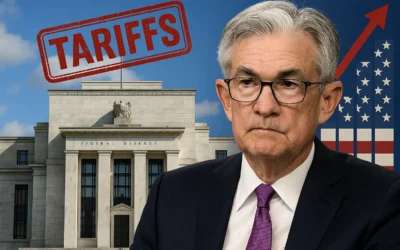

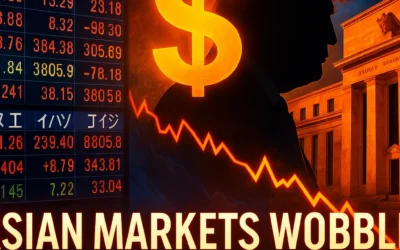
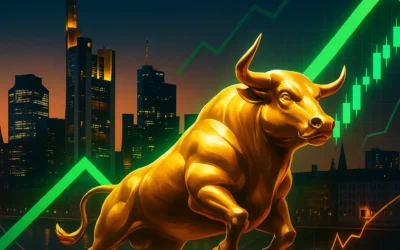
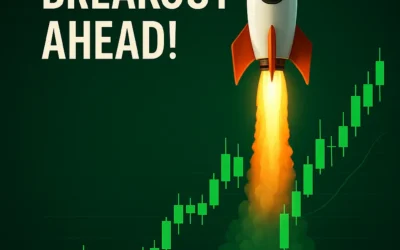
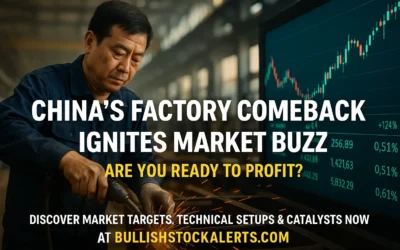

0 Comments